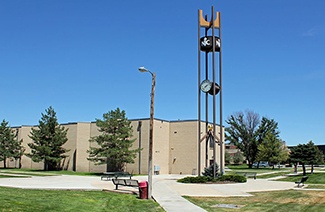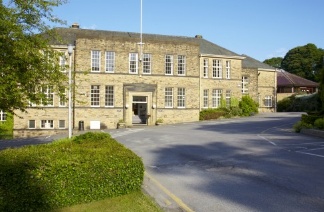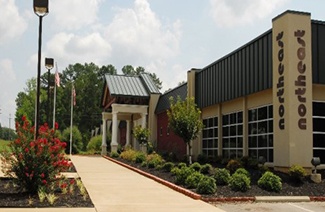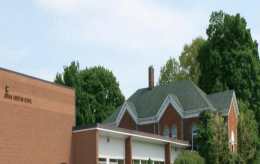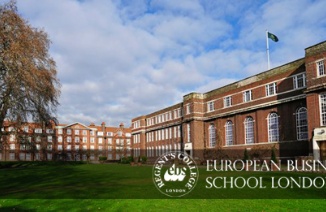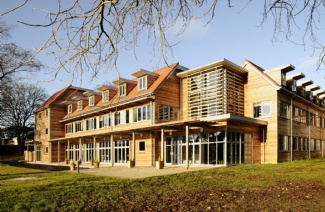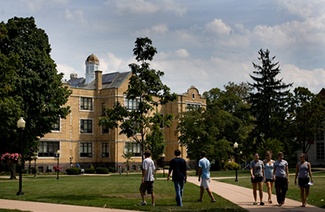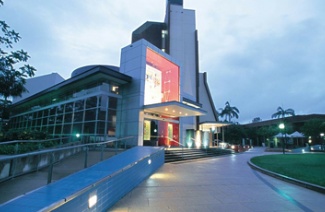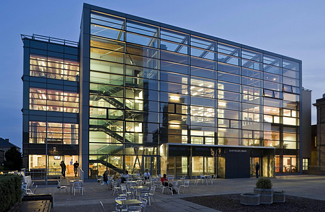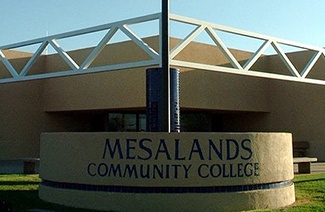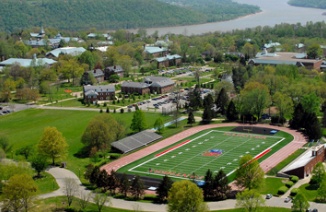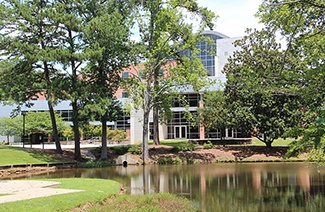TPO的全称是TOEFL Practice Online,即
下面是
TPO 30
Reading
A little over 2,200 years ago, the Roman navy attacked the Greek port city of Syracuse. According to some ancient historians, the Greeks defended themselves with an ingenious weapon called a “burning mirror”, a polished copper surface curved to focus the Sun’s rays onto Roman ships, causing them to catch fire. However, we have several reasons to suspect that the story of the burning mirror is just a myth and the Greeks of Syracuse never really built such a device.
First, the ancient Greeks were not technologically advanced enough to make such a device. A mirror that would focus sunlight with sufficient intensity to set ships on fire would have to be several meters wide. Moreover, the mirror would have to have a very precise parabolic curvature (a curvature derived from a geometric shape known as the parabola). The technology for manufacturing a large sheet of copper with such specification did not exist in the ancient world.
Second, the burning mirror would have taken a long time to set the ships on fire. In an experiment conducted to determine whether a burning mirror was feasible, a device concentrating the Sun’s rays on a wooden object 30 meters away took ten minutes to set the object on fire; and during that time, the object had to be unmoving. It is unlikely that Roman ships stayed perfectly still for that much time. Such a weapon would therefore have been very impractical and ineffective.
Third, a burning mirror does not seem like an improvement on a weapon that the Greeks already had: flaming arrows shooting at an enemy’s ships with flaming arrows was a common way of setting the ships on fire. The burning mirror and flaming arrows would have been effective at about the same distance. So the Greeks had no reason to build a weapon like a burning mirror.
Listening
Professor
The claims that the burning mirror would have been impractical and technologically impossible are unconvincing.
First, the Greeks did not need to form a single sheet of copper to make a large, burning mirror. An experiment has shown that dozens of small individually flat pieces of polished copper could be arranged into a parabolic shape and form a large, burning mirror. The Greek mathematicians know the properties of the parabola and so could have directed the assembly of small mirror pieces into the parabolic shape.
Second, about how long it would take to set a ship on fire with a burning mirror. The experiment the reading selection mentions assumes that the burning mirror was used to set the wood of the boat on fire, that’s what takes ten minutes. But Roman boats were not made just of wood. There were other materials involved as well. For example, to seal the spaces between wooden boards and make them waterproof, the ancient boat-builders used a sticky substance called pitch. Pitch catches fire very quickly. An experiment showed that pitch could be set on fire by a burning mirror in seconds. And once the pitch was burning, the fire would spread to the wood even if the ship was moving. So a burning mirror could have worked quickly enough to be an effective weapon.
Third, why bother with a burning mirror instead of flaming arrows? Well, Roman soldiers were familiar with flaming arrows and would have been watching for them and were ready to put out the fires they might cause. But you cannot see the burning rays from a mirror; you just see the mirror. But then suddenly and magically a fire starts at some unobserved place on the ship that would have been much more surprising and therefore much more effective than a flame arrow.
网整理
如需更多资料,请来网!
